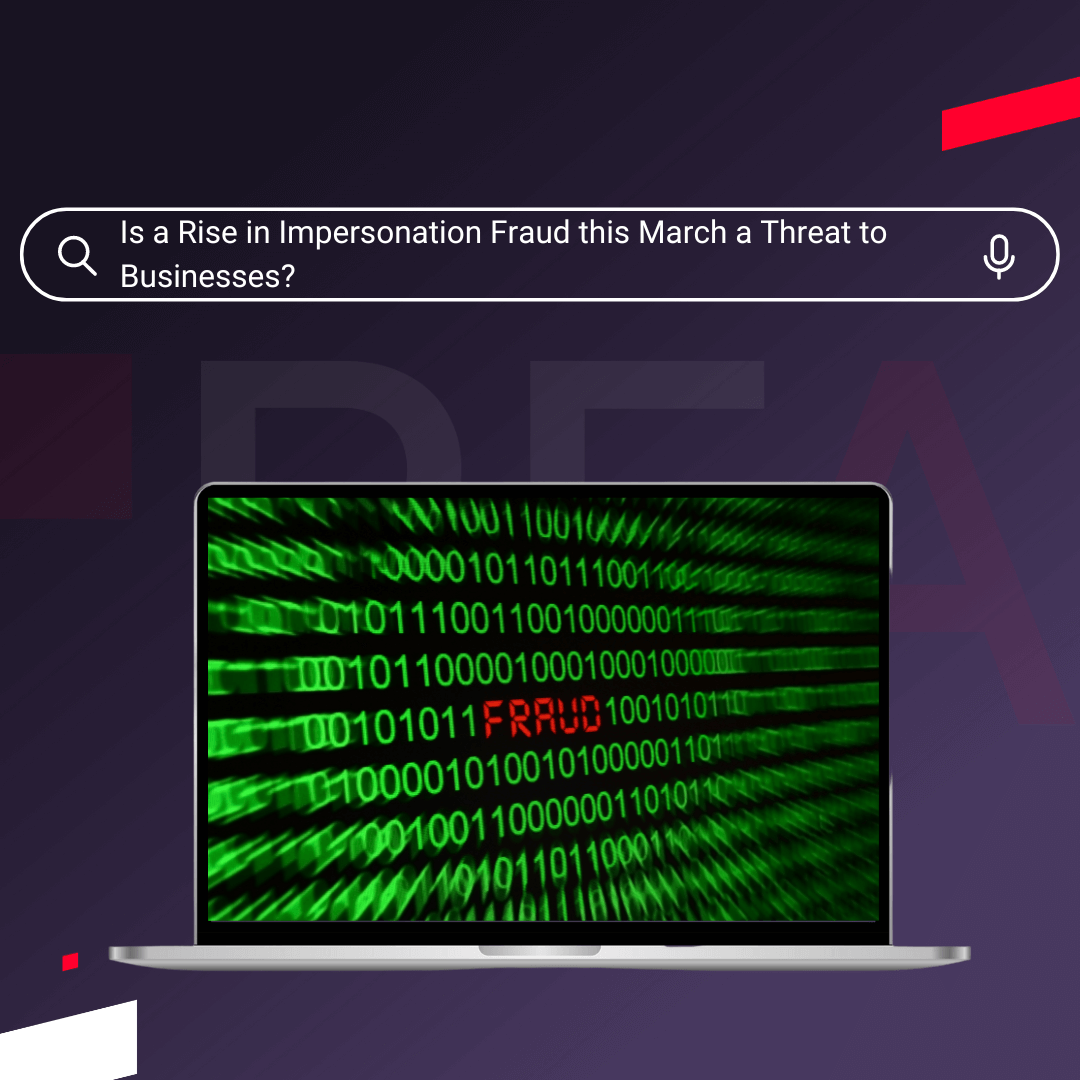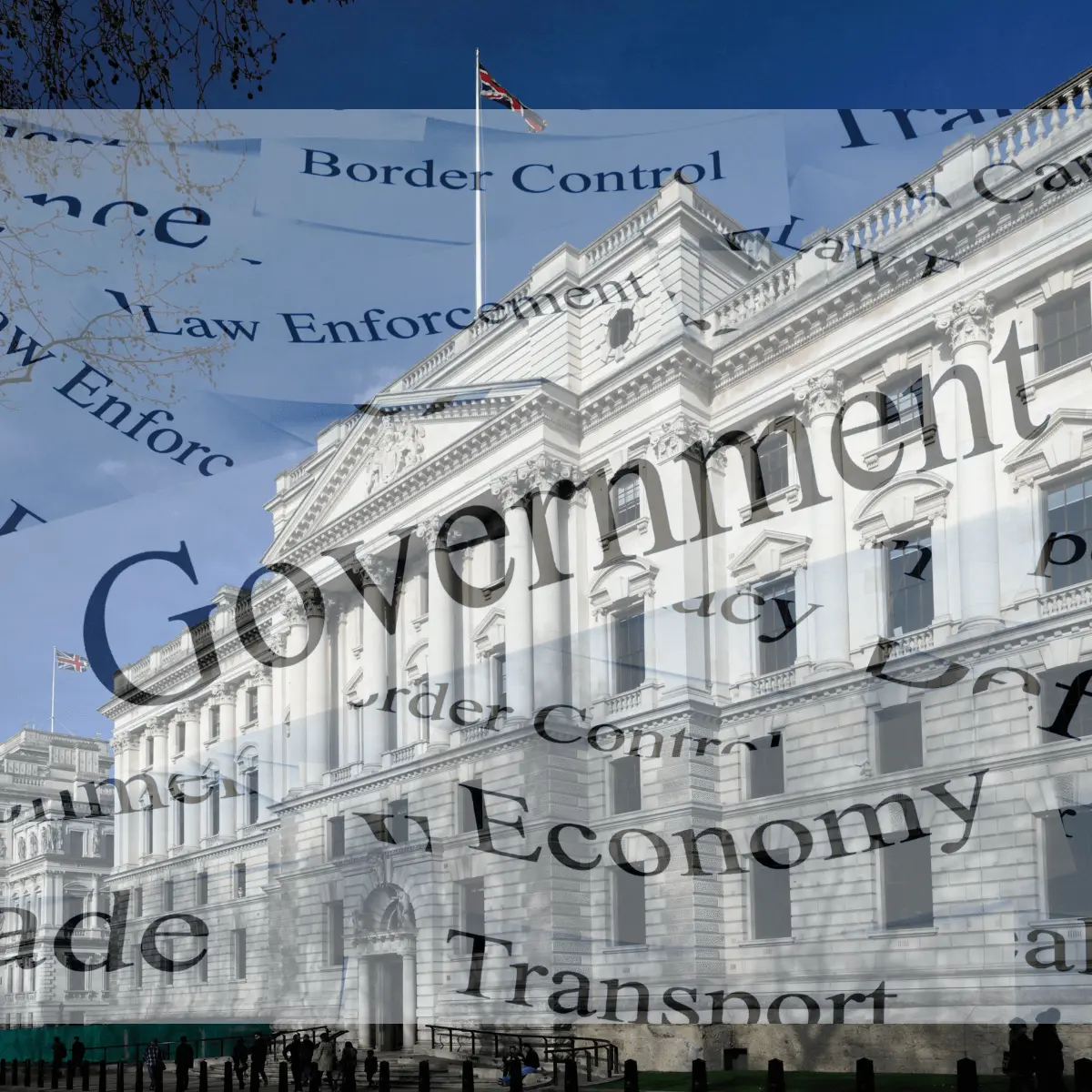While lockdown is gradually being lifted, the economic impact of the Covid-19 pandemic will continue for some time and a slew of insolvencies are expected over the next year.
As a result, many credit insurers have been reducing the value that they are willing to cover or even refusing to extend it at all – this is especially the case for specific high-risk industries.
This is a severe problem for businesses in these industries. With so much uncertainty in the economy, it effectively leaves them at risk of suffering a catastrophic bad debt if one of their clients goes under with outstanding unpaid invoices.
The UK government recognised the impact that this will have on businesses and began working on a £10bn trade credit underwriting plan that would alleviate this pressure and keep supply chains moving.
However, this has become mired in difficulties after the EU raised objections to the plan, leaving whole sectors in a precarious position.
The situation calls for companies to make careful decisions over who they choose to extend credit to. In this article, we’re going to take a closer look at the situation and explain how Red Flag Alert can help you mitigate your business’s credit risk and perform company credit checks.
The Trade Credit Crunch Explained
All insurers base their business on risk. In the case of credit insurers, the risk measured is the likelihood of one of their clients’ customers defaulting on their unpaid invoices.
With a huge recession set to hit the UK it’s no surprise that this risk has increased, meaning that insurers are less willing to cover the full value of their clients’ invoices.
Consequently, both sellers and buyers are reluctant to do business due to the greater risk involved.
This effectively means that the already slow economy locks up even more as trade grinds to a halt, driving more companies out of business and making credit insurance even harder to attain.
Certain sectors have been hit harder than others and are considered high risk by insurers – these include retail, hospitality and tourism.
Example: Hotel Checks Out of Lockdown
Let’s look at an example of a hotel chain. Since the sector was brought out of lockdown on 4 July, the hotel chain needs to reopen and start taking bookings again.
Throughout lockdown the company has been on shaky ground because of the large number of deposits it had to pay back to customers for cancelled bookings. However, government schemes have steadied the ship for the last few months.
As the sector reopens it’s critical for the company to start turning a profit again, and to do so it needs to replenish its stocks of toiletries and food.
However, the supplier is unable to get credit insurance and doesn’t want to extend credit. This leaves the supplier in a bind because while it doesn’t want to risk not being paid for the goods, if it doesn’t fulfil the order from the hotel it effectively faces a huge decrease in sales.
This leaves the hotel struggling to trade due to lack of supply, causing major cash flow issues for both parties at a time when the economy is particularly unforgiving.
The EU Raises Objections
On 4 June, Prime Minister Boris Johnson announced a reinsurance scheme that would underwrite the trade credit market and avoid a freeze on credit insurance.
This would provide £10bn in government guarantees that would be backdated to April and provide cover up until the end of the year.
However, the European Commission – which still gives final approval to UK schemes under EU state aid rules – has raised objections to the scheme that have yet to be publicised.
The delay had an immediate impact, with major insurers reducing or cancelling the cover for certain sectors through the summer and into September.
Coca-Cola European Partners was among the companies that immediately reduced its credit provision for its customers, leaving many wholesalers unable to acquire a large number of popular products overnight.
Continue Trading with Red Flag Alert
Red Flag Alert’s real-time data allows sellers to make a decision on whether to extend credit even without insurance, which is critical in the current economic climate.
Even companies that have had trade credit withdrawn can take steps to mitigate risk by monitoring the financial health of companies they do business with and determining the likelihood of insolvency.
Our real-time financial health ratings can help by providing over 100 indicators and seven health ratings that will predict business failure.
These ratings include gold, silver and bronze for healthy companies and a three-flag rating system for unhealthy companies
Our data shows that 50% of companies rated two red flags will be insolvent within 12 months, and 60% of businesses with three red flags will cease trading within seven days.
Access to our sophisticated company credit checks means that you can continue to do business with customers that have good ratings with a greater degree of confidence.
You can also take action on customers with red flags: this could include continued monitoring, requesting further guarantees, or withdrawing credit altogether.
Our unique financial health ratings include:
o 100+ indicators of financial health
o 7 health ratings that predict business failure
o 13 years of data and experience used to develop ratings
o £4bn of bad debt data incorporated into analysis
o Health ratings updated in real time
o Machine learning provides deeper analysis
o Business failure accurately predicted
To see how Red Flag Alert can help your business manage trade creditor risk, get started by booking a demo with our team today.




